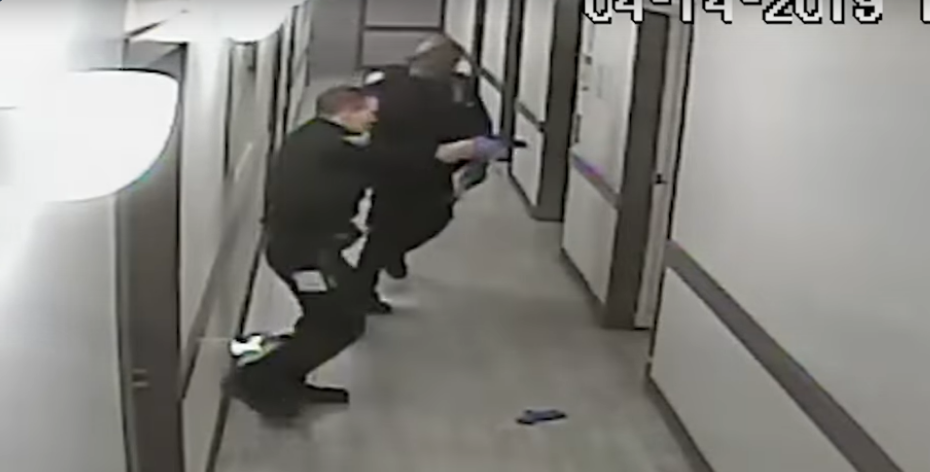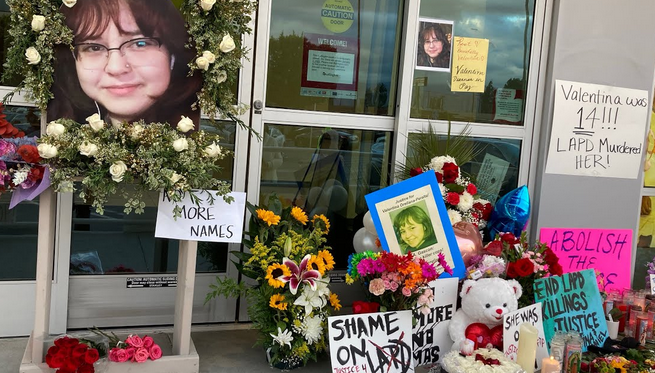U.S. Solicitor Gen. Donald Verrilli
America’s voting rights war continues. The U.S. Supreme Court heard Nov. 12 arguments that accuse Alabama’s Republican-controlled legislature of redrawing voting districts to limit the political power of African-Americans.
The Alabama Legislative Black Caucus and Alabama Democratic Caucus argued that the state’s redistricting plan limited most Black voters, packing them into large-collective or majority-minority districts.
Black mega-districts are “packing voters by race,” which violates the Voting Rights Act, said Richard Pildes, attorney for the Legislative Black Caucus. “In Alabama, Black voter turnout rates exceed that of White voters.”
A decision is expected in 2015, which is also the 50th anniversary of the Voting Rights Act of 1965. Mega-districts are created by gerrymandering boundaries to limit the power of the opposing party, which is legal. However, Alabama is accused of using race as a proxy for politics by dragging Black communities into majority-minority districts and bypassing White communities. U.S. Solicitor General Donald Verrilli described the voter district lines in Alabama as looking like “crab claws.”
It’s politics, not race, an Alabama state attorney argued. However, race and politics are closely connected in this case. “Many African-Americans vote Democratic,” said Justice Stephan Breyer. According to the New York Times, as of Election Day, Alabama has 26 Republicans in the State Senate from majority-White districts, while all eight Democrats are from majority-Black districts.
Alabama’s state attorney admitted to drawing partisanship voting districts, but denied using race as a predominant factor in drawing the districts.
“Race was a purpose, but not the main purpose,” said Andrew Brasher, solicitor general of Alabama.
Justice Elena Kagen was not satisfied with the rationale presented by the state’s attorney, mentioning an Alabama policy statement and testimony that said districts were drawn to keep the percentage of Black voters the same, which meant carving urban voting districts using Blacks who had moved into the suburbs.
The Court turned to the possibility of a do-over, striking down the districting plan and creating another one. Chief Justice John Roberts reminded the Black Legislative Caucus that the voting rights landscape has changed since 2012, when these districts were drawn, referring to last year’s Shelby County, Ala., case that stripped pre-clearance protections from the Voting Rights Act.
Gloria J. Browne-Marshall, an associate professor of constitutional law at John Jay College (CUNY), covers the U.S. Supreme Court, United Nations and major legal issues. She is the Supreme Court correspondent for AANIC (African-American News & Information Consortium) and author of “Race, Law, and American Society: 1607 to Present.”












